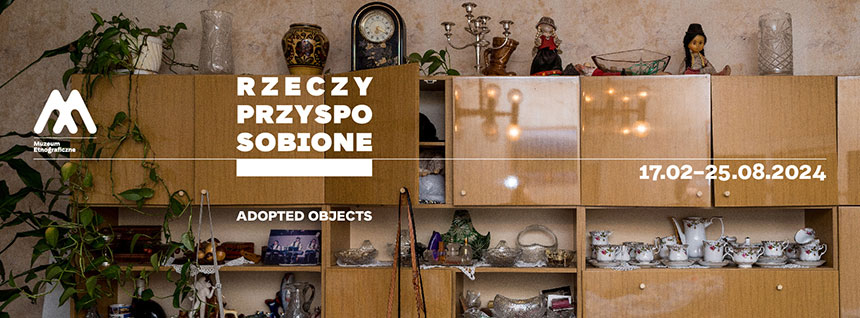In her book What’s the Use? On the Use of Use, Sarah Ahmed points out that “becoming used” may also refer to the situation when a given thing becomes “usual.”
Reflecting on the phrase “I am used to”, she argues that a history of use is also a history of naturalization. The longer we use something, the more natural the act itself becomes. Does the continued use of prewar objects make their problematic associations with war, forced migration, and lost ownership “wear off” and become obliterated?
Milk jug (part of a coffee service, Königliche Porzellan-Manufaktur Berlin)
Decorative tile with elephant
Restaurant at the Breslauer Zoologischer Garten AG
Wrocław
courtesy of Karolina Furykiewicz
The Zoological Garden in Wrocław is the oldest ZOO in today’s Poland. It was founded in 1865 as the Breslauer Zoologischer Garten Aktiengesellschaft. After World War II, the Zoo, that had suffered terribly diring the siege of Breslau in 1945, was re-established under its first Polish director Karol Łukaszewicz (1947-1966), naturalist and theatrologist from Kraków, privately the grandfather of Karolina Furykiewicz. “My grandmother had this milk jug, like, forever. When we cleared her apartment after her death and boxes of thinks were disposed of, I kept the milk jug: at the time, I did not own lots of things. Only later did I discover that it was marked with a swastika underneath, and I was shocked. […] It was a utilitarian object. In my grandparents’ home, other objects were cherished: they had come from Kraków, they had never had to flight from war, and so they had an entire vitrine filled with family memorabilia” (Karolina Furykiewicz).
